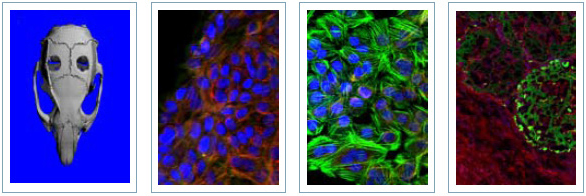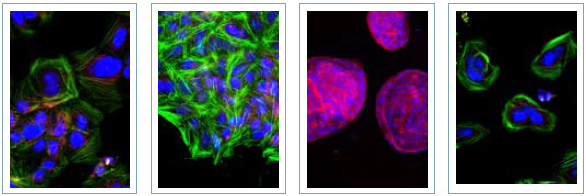Created by the Government of Canada to fund research infrastructure, the Canada Foundation for Innovation (CFI) will fund the expansion of UBC Dentistry’s bioimaging facility for bone imaging and analysis. The British Columbia Knowledge Development Fund (BCKDF) has provided matching funds.

Dentistry’s current bioimaging facility will be expanded into a state-of-the-art centre for all UBC researchers—to be called the Centre for High-Throughput Phenogenomics. New equipment will replace aging microscopy apparatus over 40 years old. Highlights will include a new suite of 3D imaging equipment, a tandem mass spectrometer, computer hardware and software, and improved animal facilities. A 279 sq. m (3,000 sq. ft.) renovation to the third floor of the John B. Macdonald Building will accommodate equipment and scientific functions.
The funds from the CFI and BCKDF will support the $9.4 million facility for multiple interdisciplinary, high-impact research projects involving protein analysis and imaging techniques. Researchers will see benefits with higher quality images and data with faster processing times.
Two research clusters with ten investigators are committed to developing the centre. One research cluster is focused on the biological processes regulating bone destruction associated with arthritis (skeletal bone) and periodontitis (oral bone). The second cluster’s research is focused on skeletal and craniofacial bone development biology and stem cell bone regeneration.

“The success in securing this funding is due to the outstanding reputations of the investigators—they were co-applicants of the CFI grant application and the strength of its success,” said Dr. Edward Putnins, professor and associate dean, Research, Graduate and Postgraduate Studies. Putnins and the co-applicants presented their innovative cross-discipline, cross-platform approach for studying hard connective tissue and won the support necessary to create not only an advanced facility, but one populated by a dynamic research team. This combination is unique in Canada.
Problems with bone, either developmental anomalies or destructive diseases, have a high incidence in the Canadian population, with associated major morbidity for the patients.